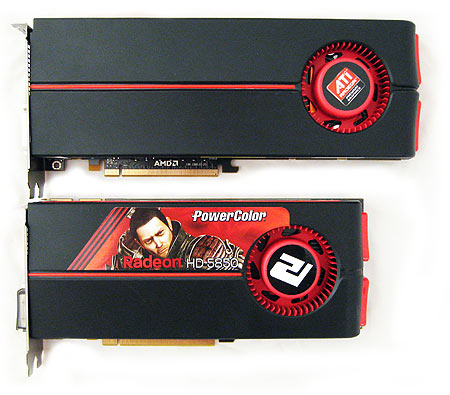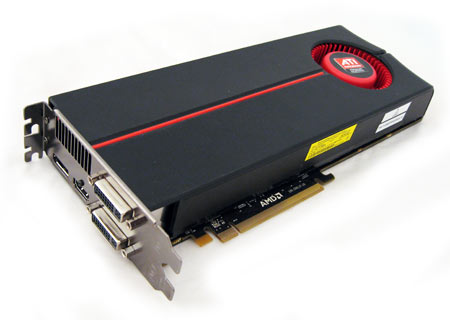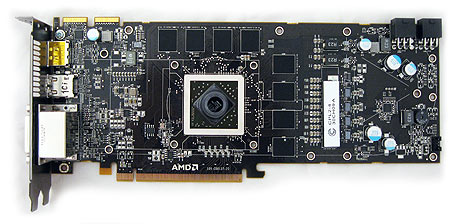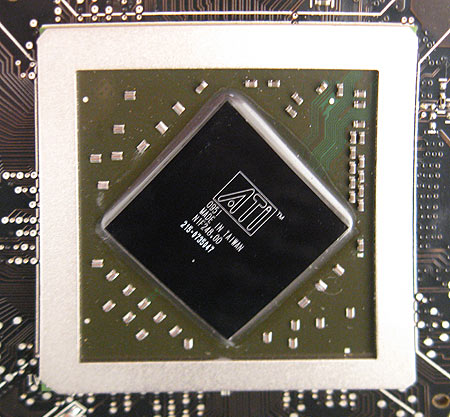ATI Radeon HD 5830: Bridging The 5700- And 5800- Price Gap
Radeon HD 5830: The Reference Card
At first glance, the reference Radeon HD 5830 appears to be a Radeon HD 5870. In fact, our test sample is physically identical to a Radeon HD 5870 reference card.
Note how the reference board dwarfs the Radeon HD 5850. I'm sure you might have heard this before, but size isn't everything. The specifications suggest that the Radeon HD 5830 will use more power than the 5850, despite its lower gaming performance. At over 11 inches long, the sheer size of this card might be a deterrent for many buyers. Even the already-large Radeon HD 4890 is an inch smaller.
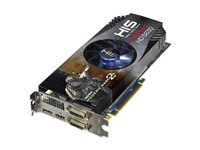

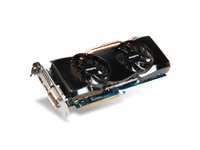
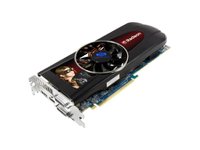
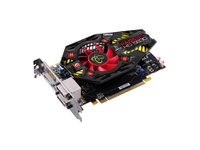
The good news is that AMD included pictures of some of the planned boards from its third-party partners, and none of them appear as though the employ reference cooling. We aren't really able to make a judgment based on the stock art, but four of the cards seem to employ the longer PCB, while the XFX design is significantly shorter, potentially enabling a more compact version of the card.
As with the the Radeon HD 5870 and 5850, the Radeon HD 5830 requires two auxiliary six-pin PCIe power cables. This is a bit of a pity, since it would have been nice if only a single cable was required. But it's understandable given the full-sized Cypress GPU.
Our reference Radeon HD 5830 includes CrossFire-ready connectors. But we only had a single card to test for the launch, precluding dual-GPU benchmark results.
With two DVI outputs (in addition to DisplayPort and HDMI), the Radeon HD 5830 reference card gives us more connectivity than we could use in a typical environment. The need to acquire a DisplayPort-capable display for Eyefinity support might be an inconvenience for many enthusiasts, but it certainly beats having to sling two cards together for as many outputs. This will be one of the requirements imposed by Nvidia's Surround capability.
Yes, this GPU was created to be a fully-functioning Radeon HD 5870, but was subsequently crippled for its role as a Radeon HD 5830.
Get Tom's Hardware's best news and in-depth reviews, straight to your inbox.
Current page: Radeon HD 5830: The Reference Card
Prev Page The Radeon HD 5830 Architecture Next Page Test Setup And BenchmarksDon Woligroski was a former senior hardware editor for Tom's Hardware. He has covered a wide range of PC hardware topics, including CPUs, GPUs, system building, and emerging technologies.
-
jomofro39 I love my 4890. I am sad they are disappearing, because I planned on getting a x-fire thing going in the next few months, and now I have to just try and get two 5770s and sell the 4890 I have now, obviously, so I can grab some DX11! Hurray for progress!Reply -
meluvcookies I was hoping this would be just a bit cheaper such that the 5850 could finally come down nearer it's original MSRP. Unfortunately, it doesn't look like we'll see those adjustments until closer to the summer.Reply -
4745454b To much money for such little card. Performance wise its just a really expensive 4890. A good buy at $200, but $240 is to much. Might as well pony up the extra $60 and get the 5850. 5810 is a bit more like it.Reply -
flyinfinni seems more like a 5790 than a 5830 to me... Still- they are filling in the line quite well, and its gonna be interesting to see how Nvidia's new line will compare.Reply -
intelx im a little disappointed about this one, i mean 239 and yet the 4890 is $40 cheaper and beats it in some new games, i was really hoping for better performance form the 5830, now after reading this, im leaning towards either 5770 in crossfire or single 5850.Reply
man ati is kicking Nvidia in every corner right now, all the way from low end to the high end 5970! -
intelx im a little disappointed about this one, i mean 239 and yet the 4890 is $40 cheaper and beats it in some new games, i was really hoping for better performance form the 5830, now after reading this, im leaning towards either 5770 in crossfire or single 5850.Reply
man ati is kicking Nvidia in every corner right now, all the way from low end to the high end 5970! -
acasel Where is the overclocking portion? If this thing overclocks good then it might be a worthy purchase..Reply -
Aircraft123 This article definitely made me feel better about my dual XFX 4890 CrossFire setup. Performance is theoretically around a GTX295 for less money than a single 5870!!!Reply
if the 5830 can come down to ~$200 and offer good crossfire performance perhaps with good overclocking potential I can see this card do very well. -
notty22 ATI managed to cripple all the magic out of a 5850 with this thing.Reply
A gtx260 beats it in places and its only 10% faster than a 5770, thats 70 dollars cheaper ? Thanks , but NO Thanks. -
porksmuggler I've been waiting for this review, thanks Don. With the 4890 and 4850X2 still floating around for sale, this one isn't appealing even at $200. Performance is just too close to the 5770...Reply
